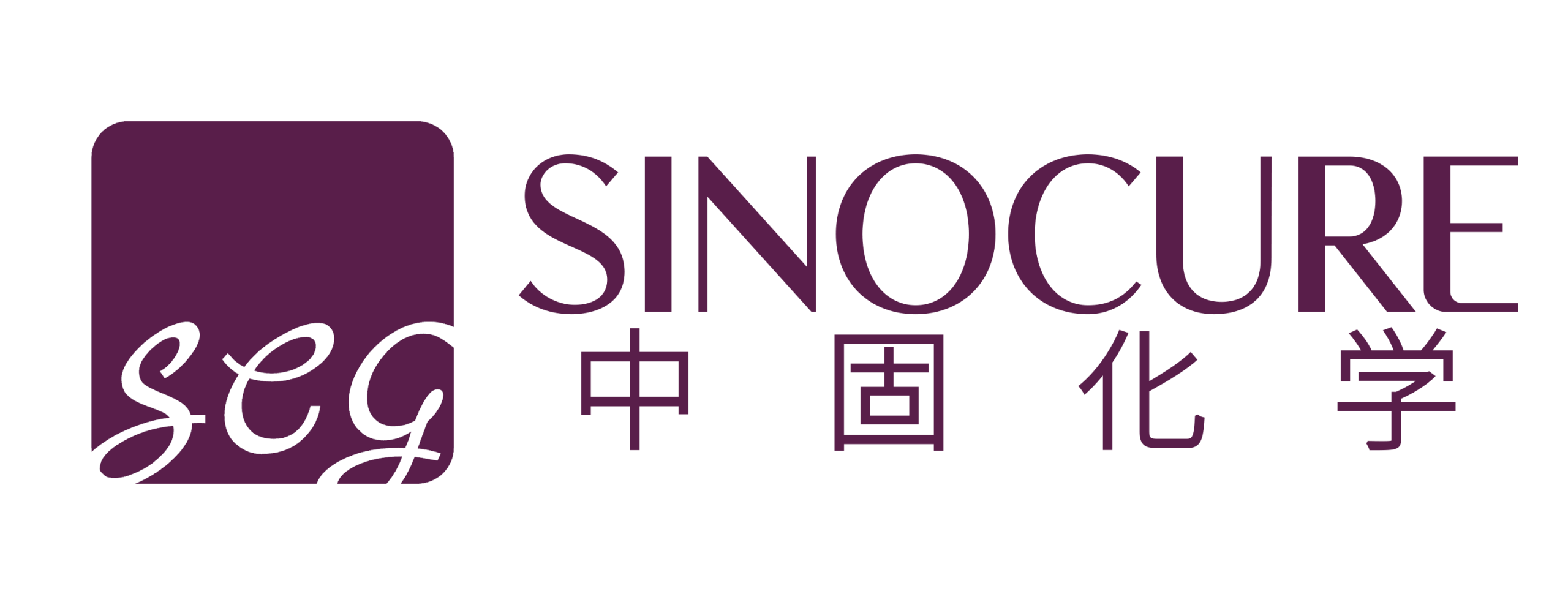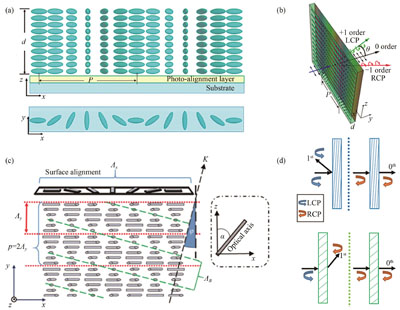Introduction
Chirality—the property of molecules existing as non-superimposable mirror images, much like left and right hands—plays a pivotal role in science and industry. These “chiral chemicals” are not just academic curiosities; their unique structural asymmetry dictates how they interact with biological systems, materials, and the environment. In pharmaceuticals, agrochemicals, flavors, and advanced materials, the correct enantiomer (one form of a chiral pair) can mean the difference between a life-saving drug and a harmful toxin, or between a potent pesticide and an ineffective one. As industries prioritize precision and sustainability, understanding and harnessing chiral chemicals has become indispensable. This article explores their multifaceted applications and underscores their transformative potential.
Multifaceted Applications of Chiral Chemicals
1.Pharmaceuticals: Precision in Medicine
Chirality is a cornerstone of modern drug development. Enantiomers can exhibit vastly different biological activities, necessitating strict control in therapeutic agents.
Example 1: The infamous case of thalidomide in the 1960s highlighted the dangers of chirality. One enantiomer alleviated morning sickness, while the other caused birth defects. Today, regulators mandate rigorous enantiomeric testing.
Example 2: Esomeprazole (Nexium®), the single enantiomer version of omeprazole, offers enhanced efficacy in treating acid reflux by targeting specific metabolic pathways.
Innovation: Chiral chromatography and asymmetric synthesis enable the production of enantiopure drugs, reducing side effects and improving patient outcomes.
2.Agrochemicals: Sustainable Crop Protection
Chiral chemicals optimize pesticide and herbicide efficiency while minimizing ecological harm.
Example 1: Metolachlor, a herbicide, relies on its S-enantiomer for weed control. Producing the active enantiomer exclusively (as in Dual Magnum®) cuts usage by 50%, lowering environmental impact.
Example 2: Chiral fungicides like epoxiconazole target plant pathogens with precision, reducing overapplication and resistance risks.
Impact: Enantioselective synthesis supports sustainable agriculture by aligning productivity with environmental stewardship.
3.Flavors and Fragrances: Crafting Sensory Experiences
Chirality influences taste and smell, driving innovation in food and perfumery.
Example 1: Limonene exists as R-limonene (orange scent) and S-limonene (lemony aroma), used in citrus-flavored products and cleaning agents.
Example 2: Menthol’s (−)-menthol isomer delivers a potent cooling sensation, critical in candies, cosmetics, and pharmaceuticals.
Advantage: Synthetic chiral chemistry allows manufacturers to replicate natural aromas authentically, enhancing product appeal.
4.Materials Science: Engineering Advanced Functionality
Chiral molecules enable breakthroughs in electronics, polymers, and nanotechnology.
Example 1: Liquid crystals in displays rely on chiral dopants to control light polarization, vital for high-resolution screens.
Example 2: Chiral polymers, such as polylactic acid (PLA), are used in biodegradable plastics, offering eco-friendly alternatives with tailored mechanical properties.
Emerging Tech: Chiral nanomaterials show promise in catalysis and biosensing, enabling faster chemical reactions and sensitive diagnostics.

Summary: Unlocking Potential Through Chirality
From life-saving drugs to eco-friendly materials, chiral chemicals are reshaping industries by merging precision with sustainability. As demand grows for enantioselective solutions, the ability to design, synthesize, and analyze chiral compounds becomes a competitive edge.
Ready to Explore Chiral Innovations?
At Sinocurechem, we specialize in high-purity chiral chemicals tailored to your needs. Whether you’re developing pharmaceuticals, agrochemicals, or cutting-edge materials, our expertise ensures you harness the full potential of chirality.
Contact us today to learn how our products can elevate your projects. Visit pharm.sinocurechem.com or email pharm@sinocurechem.com to start the conversation. Don’t just innovate—chiralize your vision.

